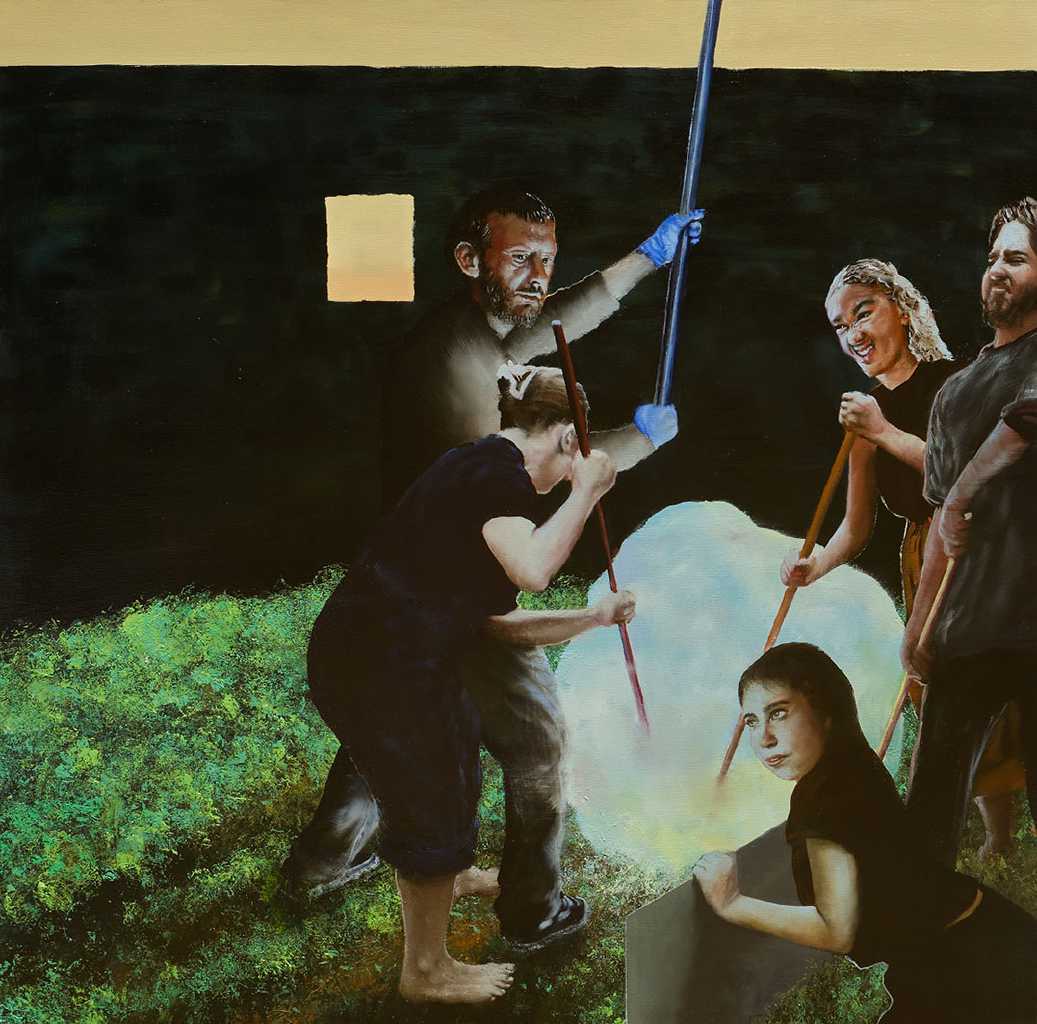Theogony
Theo Bargiotas
21 March - 13 Aprli of 2024 Αthens TEXT BY Yannis Koukoulas
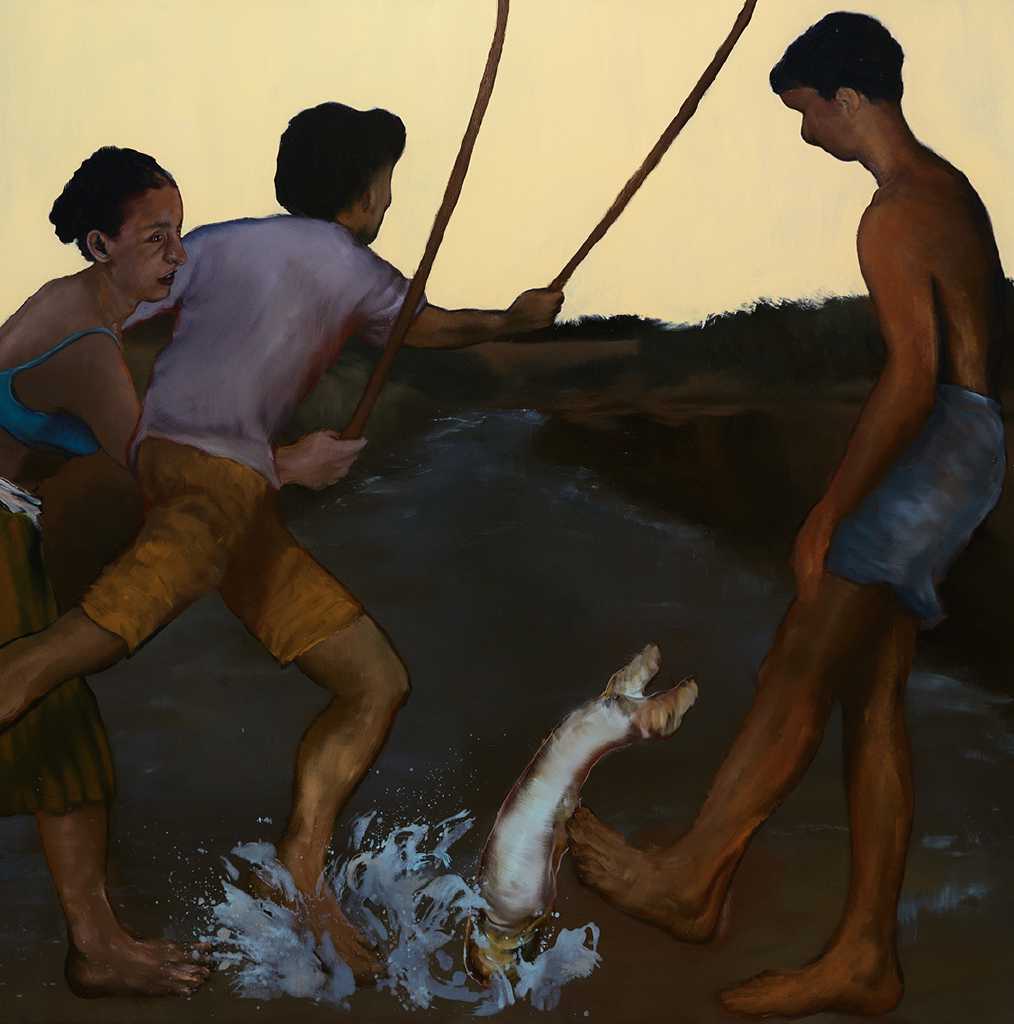
A Greenhouse in the South ii,
oil on canvas,
100 x 100 cm
The Distance between Theogony and Deicide is only a few paintings apart - Yannis Koukoulas, Dr. of Theory and History of Art
In Theogony, the new body of work by Theo Bargiotas, the characters, sometimes comical in their appearance and expressions of anguish, strive to alleviate the tragedy of God's non-existence by inventing their own God and constructing him with whatever materials they can or seeking him in the most unlikely places, pushing their need to the extreme with a clumsy pagan practice. The body of paintings in Theogony can be read as an iconography of some forgotten temple of an old bizarre religion of a distant past or a post-postmodern temple of a new age religion of a not-so-distant future. Probably the latter, as the spaces that Bargiotas’ young men and women inhabit and perform in search of their gods suggest post-apocalyptic settings of an unspecified disaster that preceded (or a fierce imminent one approaching as a natural consequence of their folly and hubris?). In this terrifying limbo of a nightmarish (and quite amusing) cosmological period it's as if time has stopped in the middle of a transformation – it’s not the world we knew, not yet shaped into something new, it has not acquired its definitive form as it lacks a deity - two competing races struggle to discover the divine, to make sense of their existential void.
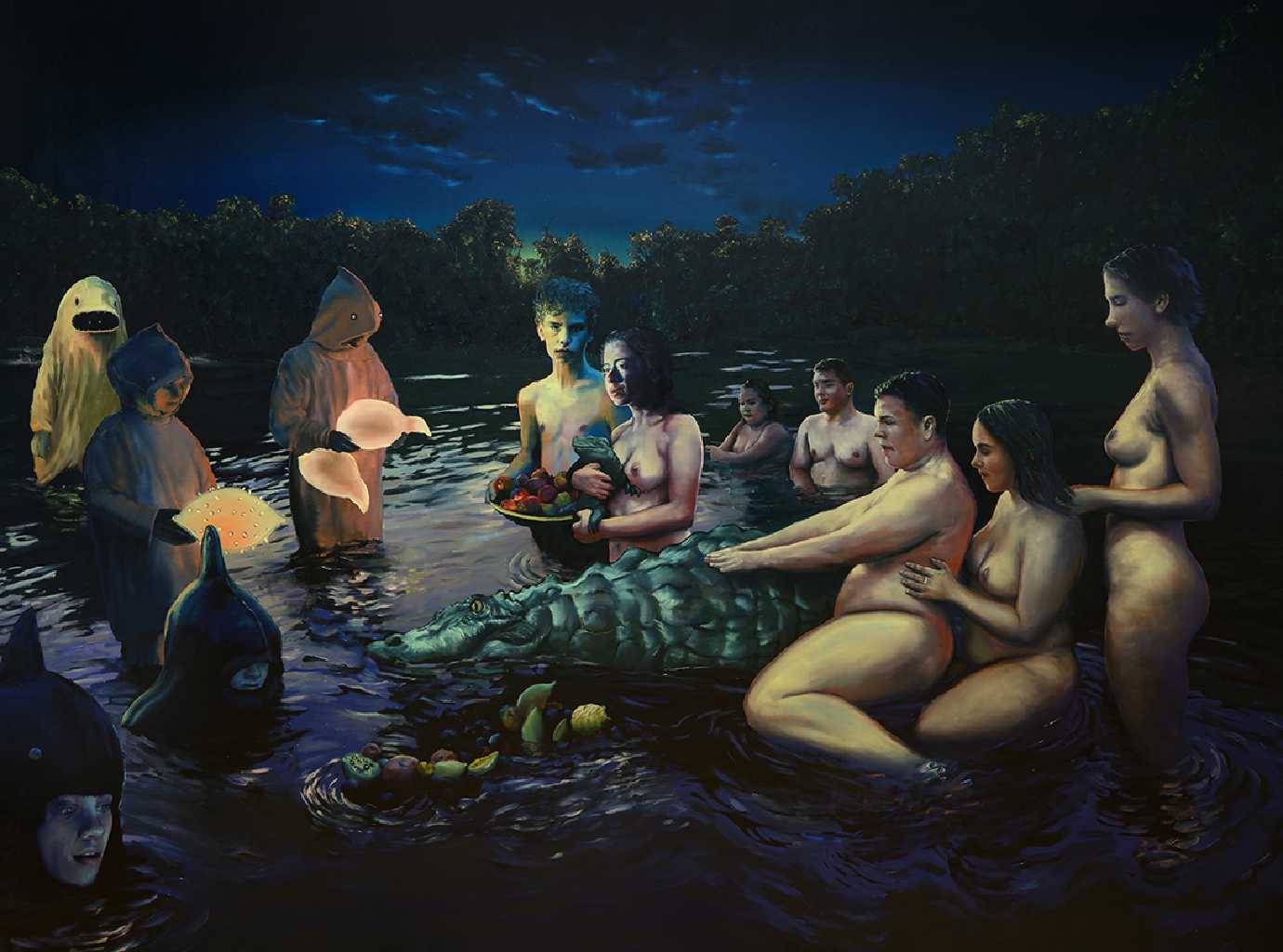
Bayou Betrothal (La Sposa dell’ Alligatore),
oil on canvas,
230 x 174 cm
In a reversal of the sacred texts, traditions, and beliefs of known religion, in Bargotas’ Theogony, the members of the first group produce their God. Instead of God giving birth to the world and man, man produces God and he only needs a God administrator to absolve himself of all responsibility. And in the most comic blasphemy of this alternate universe, God will not be made in the image and likeness of his creator but as a pastiche of disparate objects, a puzzle of assembled pieces without knowledge of the original. One would say what we have here is a latent pantheistic religion not in the sense of accepting everything as divine materializations but rather due to the potentiality of the divine. God is not everywhere for the bewildered artisans and craftsmen of this religion. But he can be anything: a few balloons, some logs, a pile of stones, an inflatable temple stolen from a playground, some jelly beans, a greenhouse, a bundle of gravity-defying parcels.
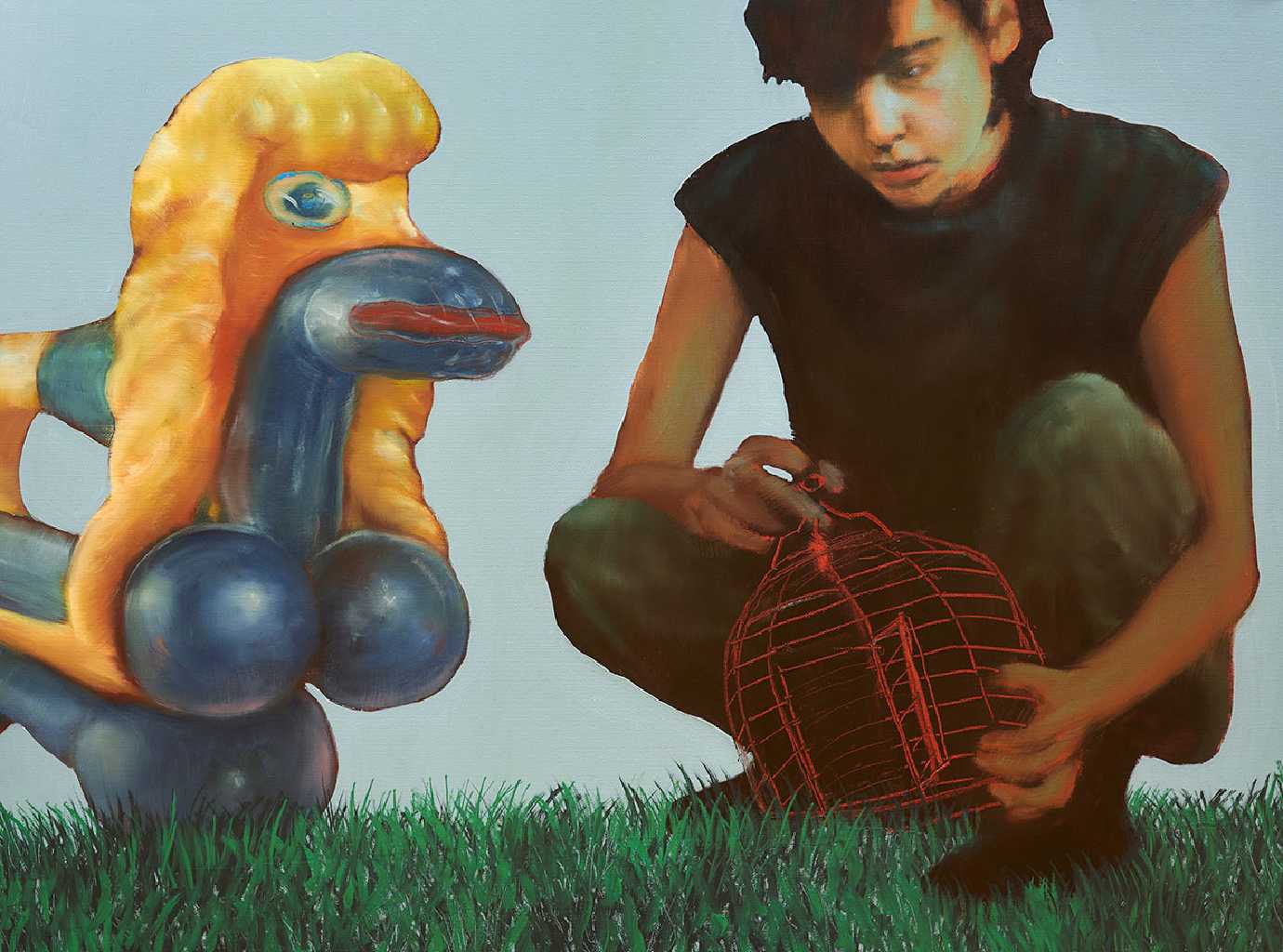
Catchin’ Grasshopers,
oil on canvas,
60 x 80 cm
The members of the other group, however, are not trying to build their God: they believe he is a feral beast and they are looking to find him, capture him and force him to play the role they have prepared for him, to make him be their leader. They believe that God is a wild animal that they will catch and encage, not to subdue it or tame it by force, but to satisfy their insatiable thirst for the divine. With blatant clumsiness, as if lacking any cultural references whatsoever, as if they had just washed up in an inhospitable world that is unknown to them, but also ignorant of the risks involved, they seek to capture these untamed and potentially divine candidates, and inactivate them by turning them from living organisms into a xoanon, a totem.
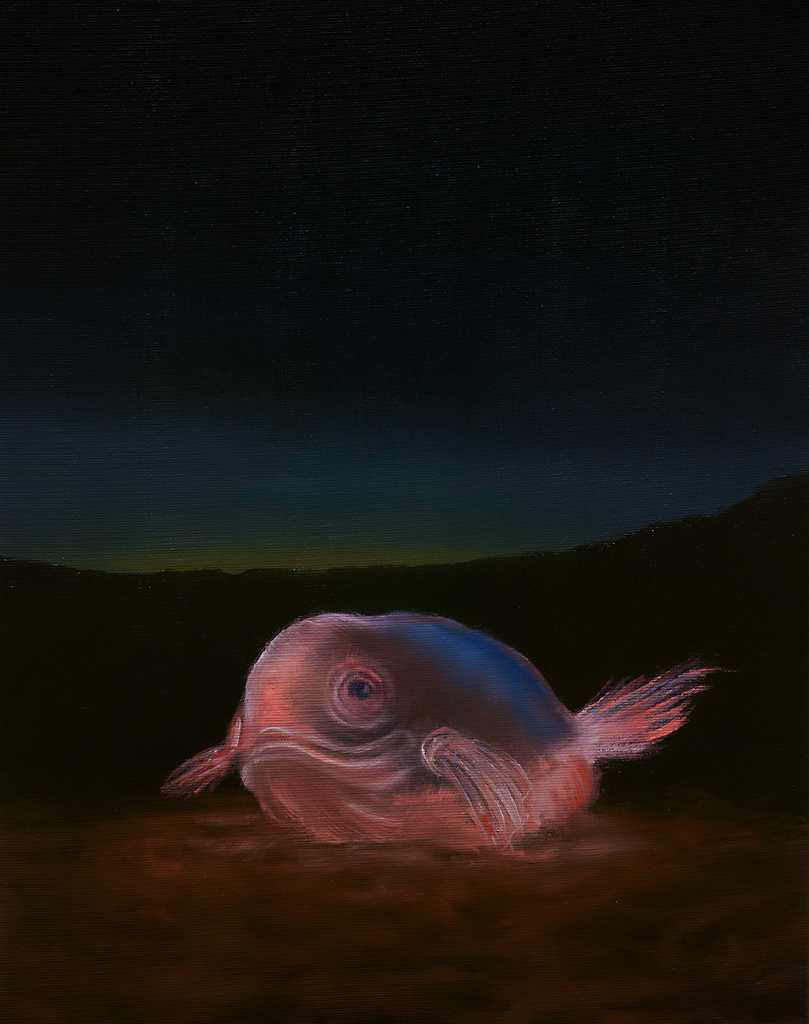
Do You Believe (or should we just make a new one?),
oil on canvas,
45 x 35 cm
In any case, Bargiotas is generally a man of play (homo ludens) and in the present series of works he experiments with a provocative and dangerous “game”, testing the reflexes and limits of the viewer's tolerance as well as the rules of contemporary art: in certain paintings he places (“secretly and sneakily and with a little shame”) - among the traditionally (whatever that means…) photographed people, which he himself photographs and then paints - faces and bodies created using artificial intelligence tools which are then used as reference images. He is more interested in whether these “irregularities” will be detected and how they will be perceived by the viewers as well as whether or not they will fit into a body of images alien to them, whether they will fit harmoniously into an organically unified whole or whether they will stand out as disturbing dissonances. In this contemporary and technologically up-to-date artistic research we discern a methodological allegory parallel to the fiction of Theogony, apparently concerning the very act of creation by the artist.
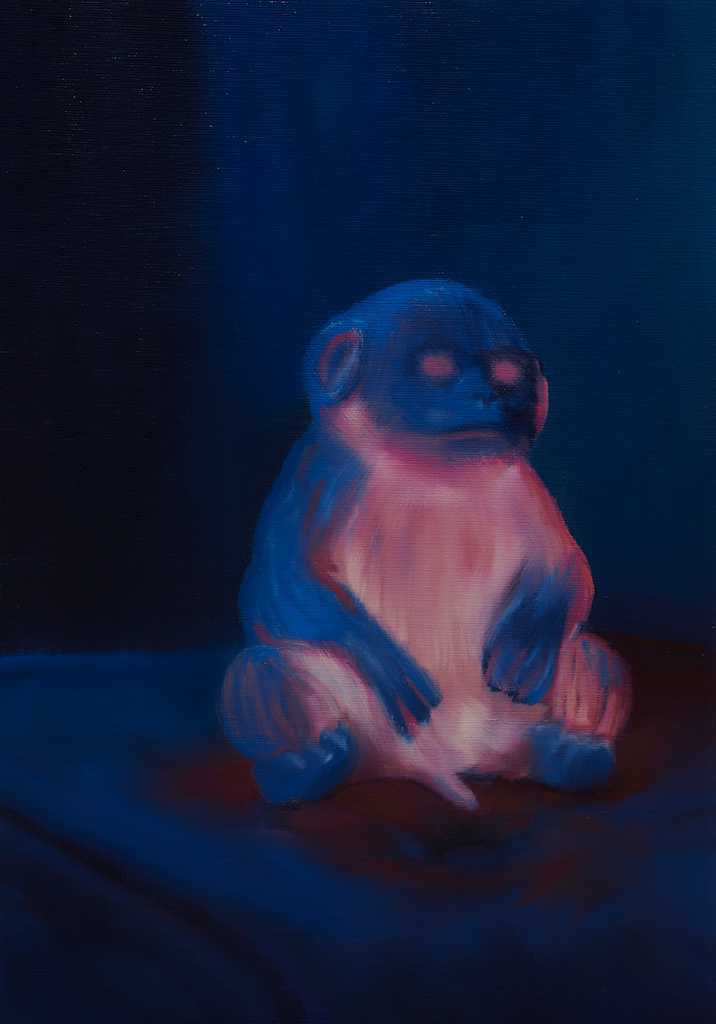
Do You Believe (or should we just make a new one?) ii,
oil on canvas,
50 x 35 cm
In the end, one wonders how then will this underlying tension be defused? Is it by victimizing God, when his creators realize, and it won’t be long, that he is not enough for them? This may be the next episode in Theo Bargiotas’ theme. And it might just be titled Deicide. Or, perhaps, the inescapable consequence will be homicide, war and genocide because of the different gods that humans have invented. And it should be titled History.
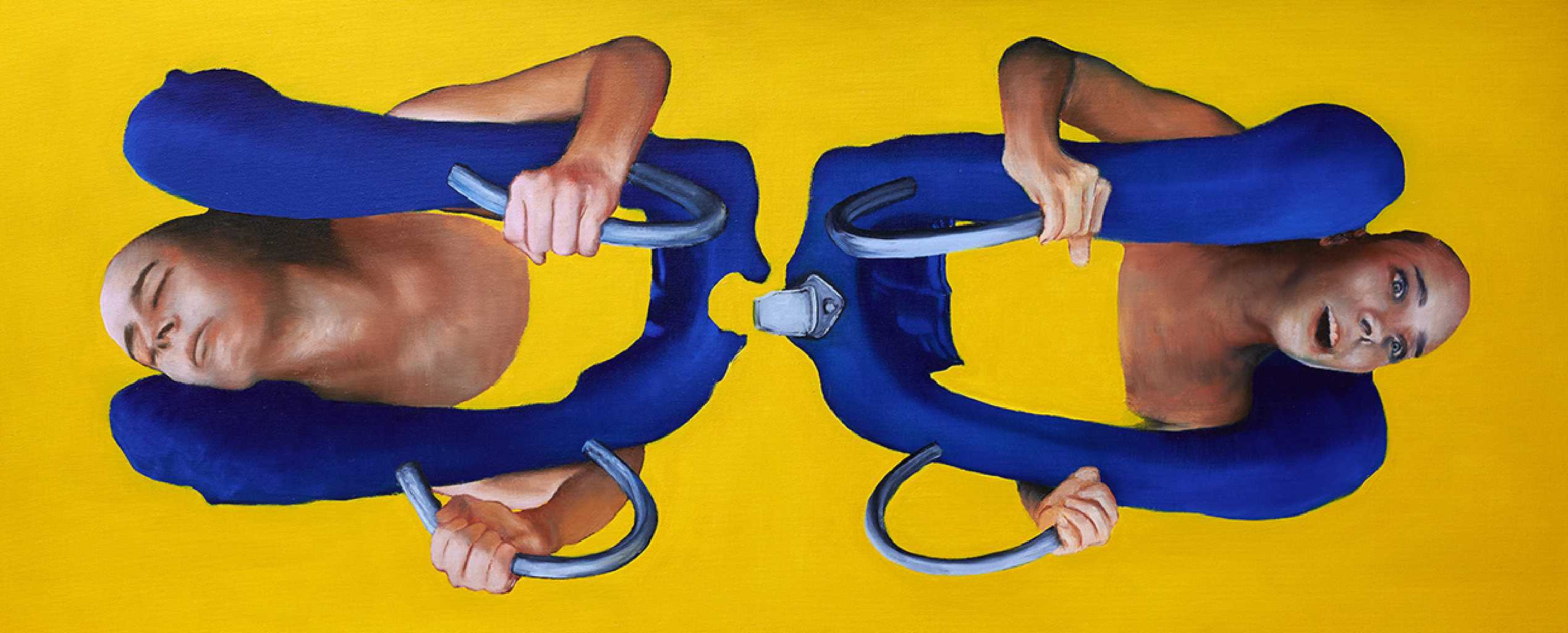
Extasy (Extano),
oil on canvas,
45 x 110 cm

Helminthomitor (Ελμινθομήτωρ),
oil on canvas,
150 x 110 cm
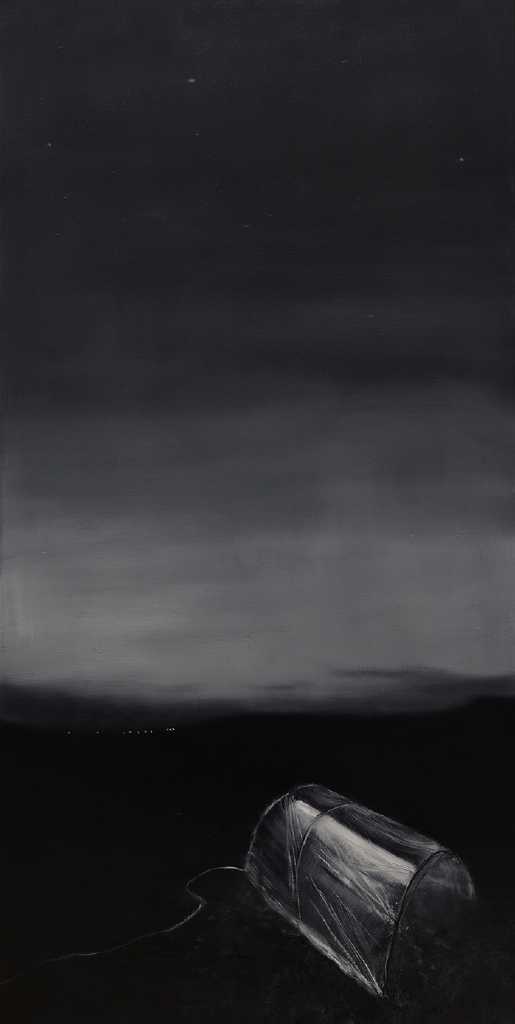
Holy Greenhouse; Lettuce Pray,
oil on canvas,
100 x 50 cm
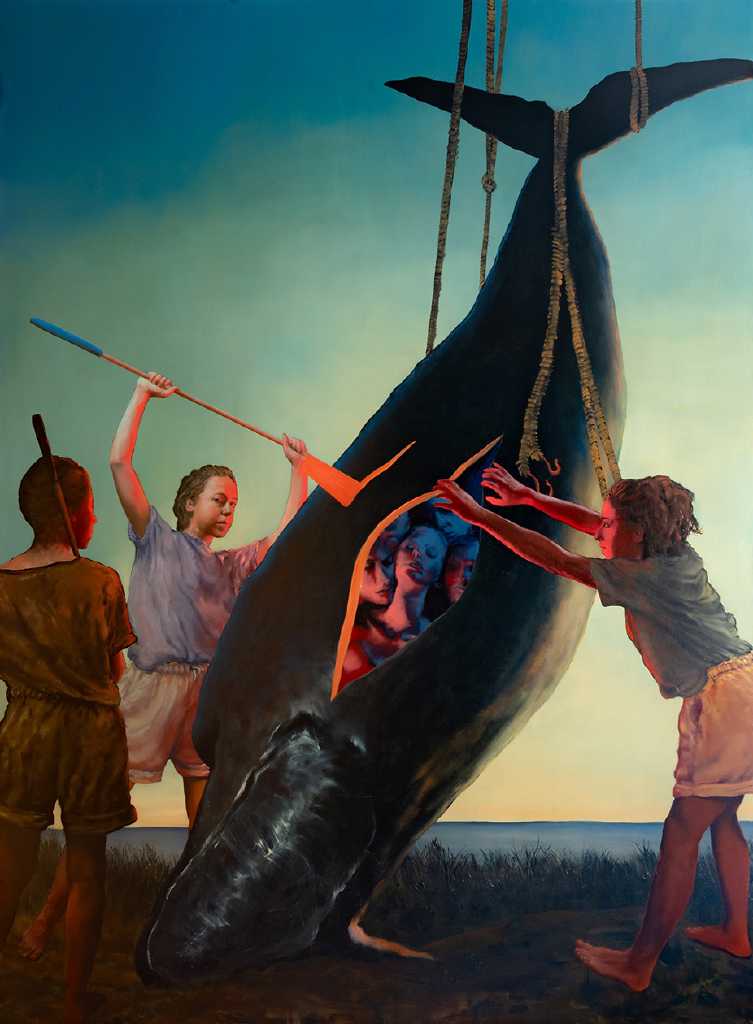
Lake Pontchartrain Flappin’ Fish Theatre,
oil on canvas,
190 x 140 cm
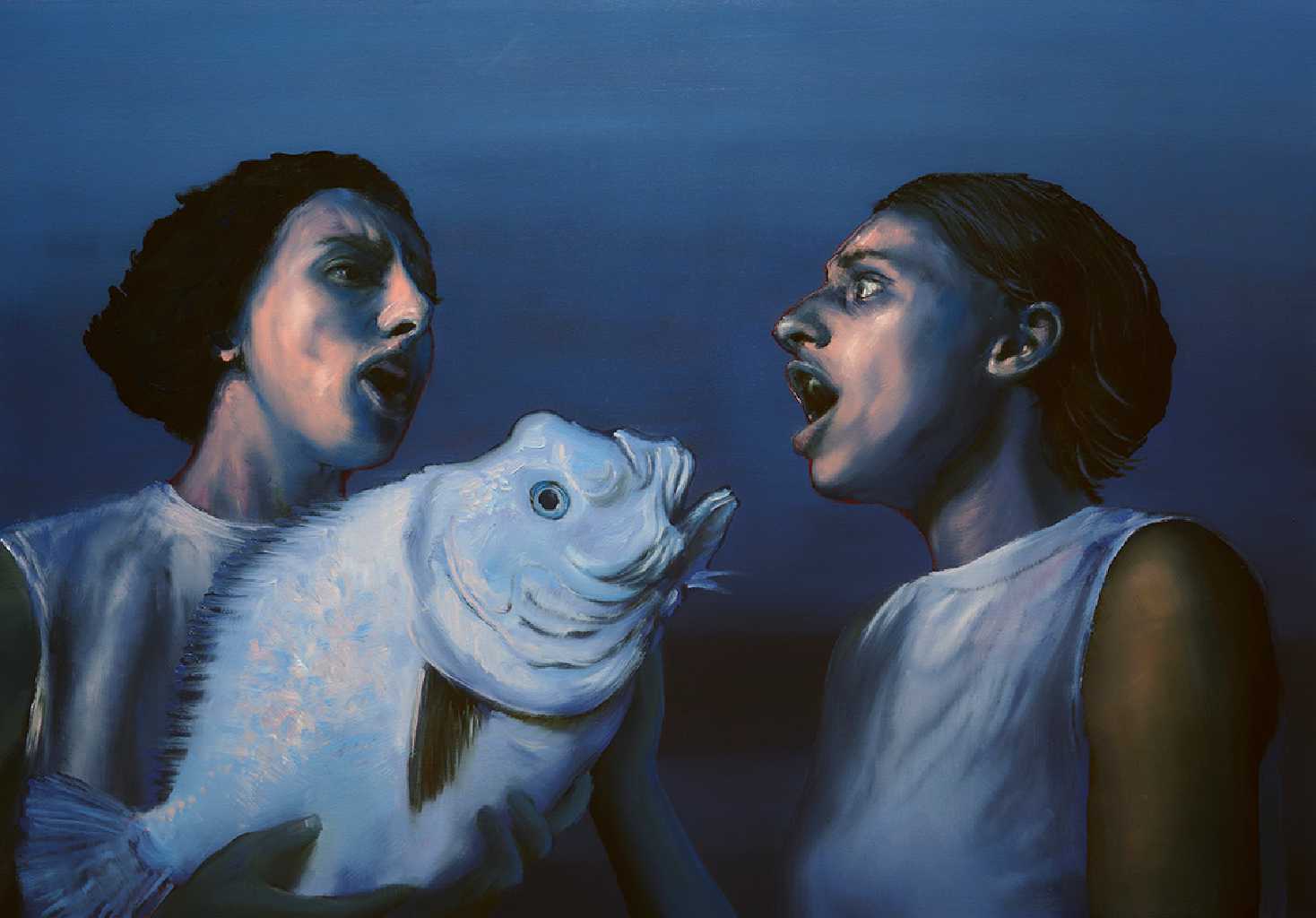
Louisiana River Choir ( dancin’ the night away),
oil on canvas,
70 x 100 cm

Moving Day (Sisyphus’ Sisters) ii,
charcoal on paper,
50 x 50 cm
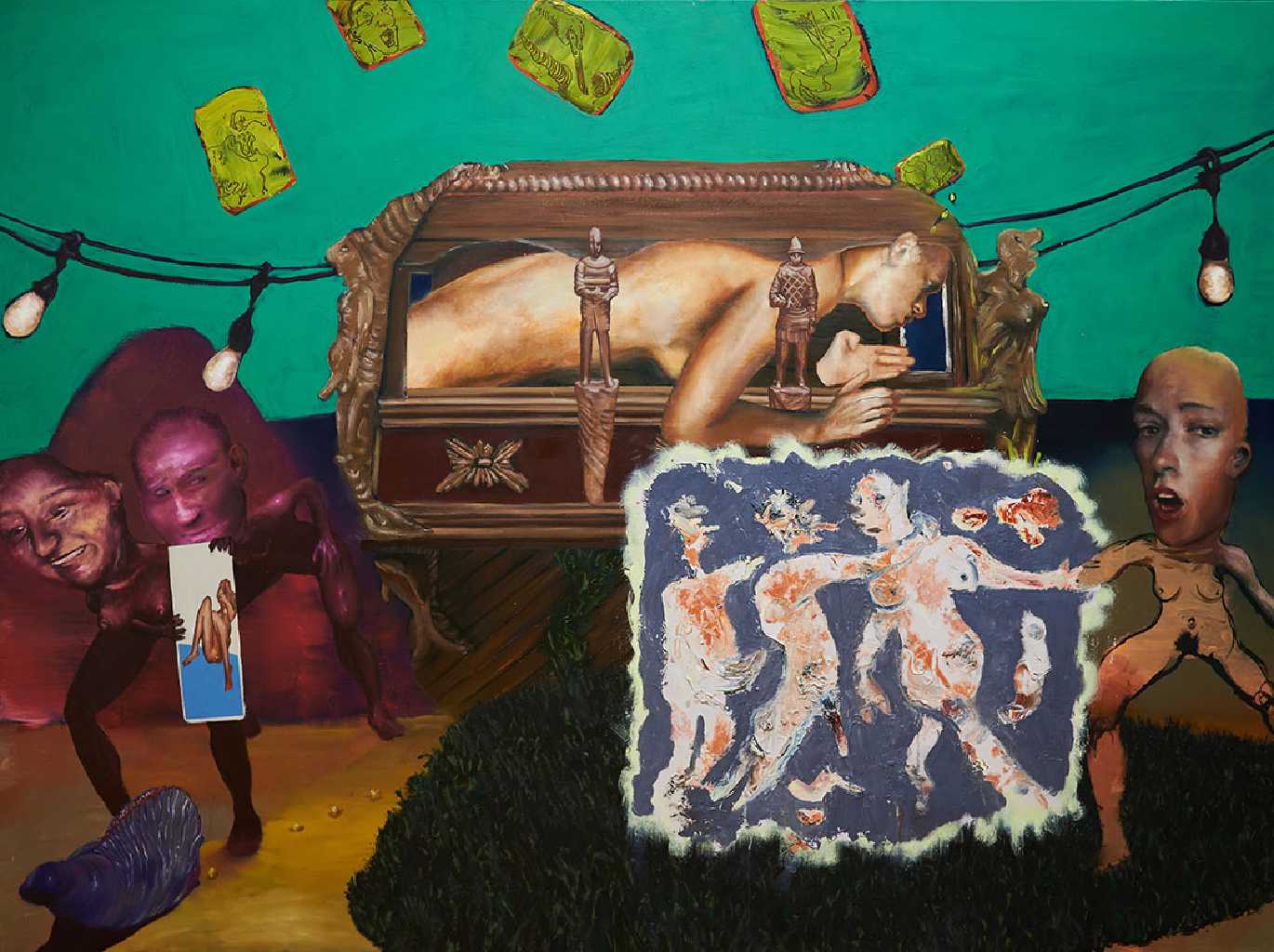
SLUGS,
oil on canvas,
164 x 220 cm
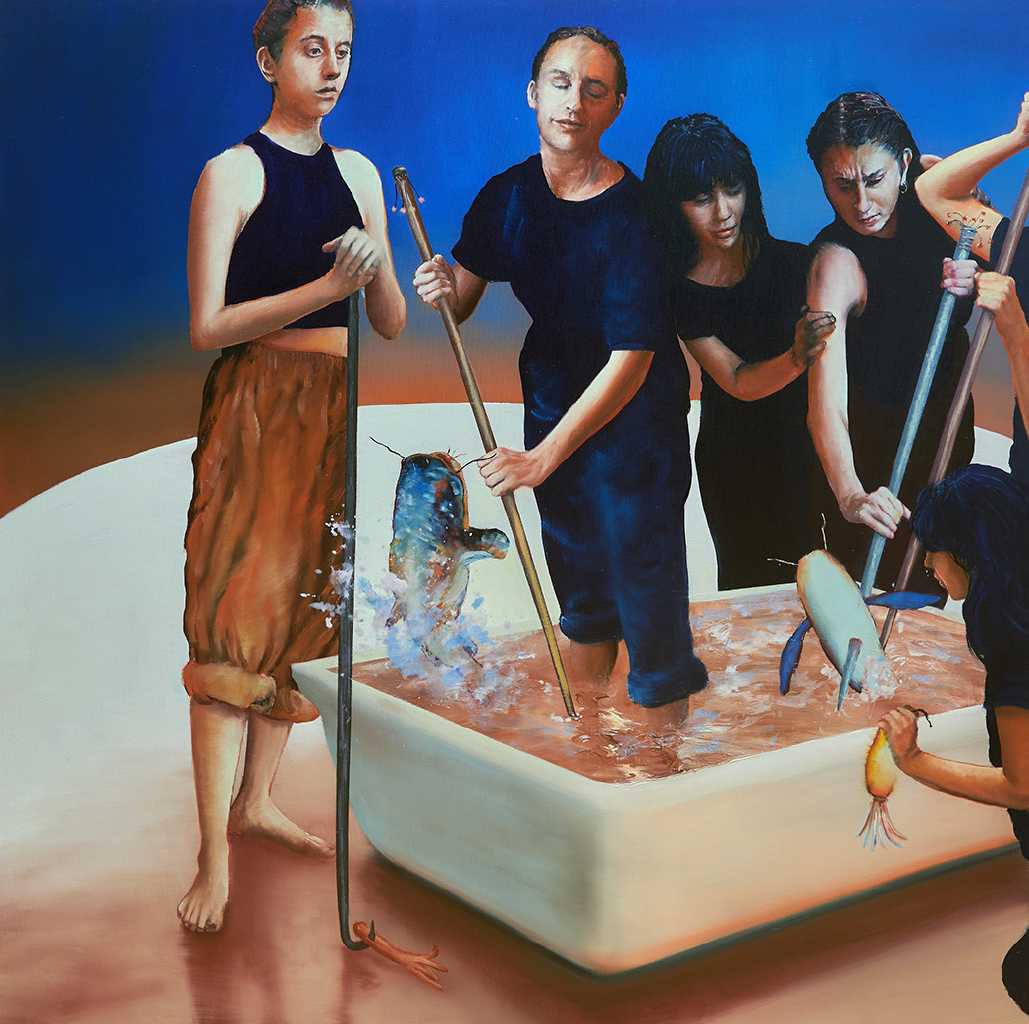
Takin’ the Bait vi,
oil on canvas,
100 x 100 cm
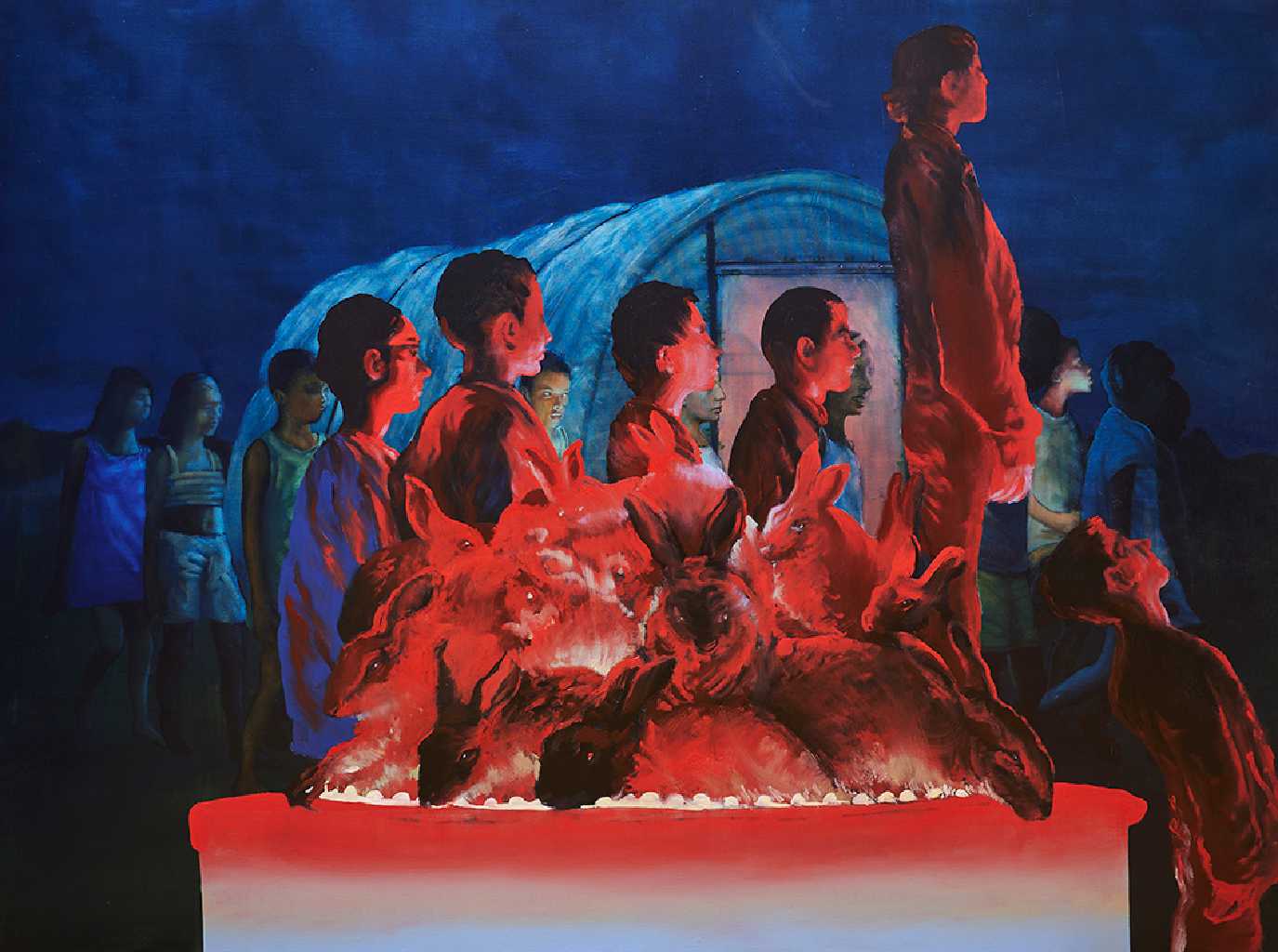
The Childern's Crusade of 1212 AD ( east meets west),
oil on canvas,
115 x 150 cm
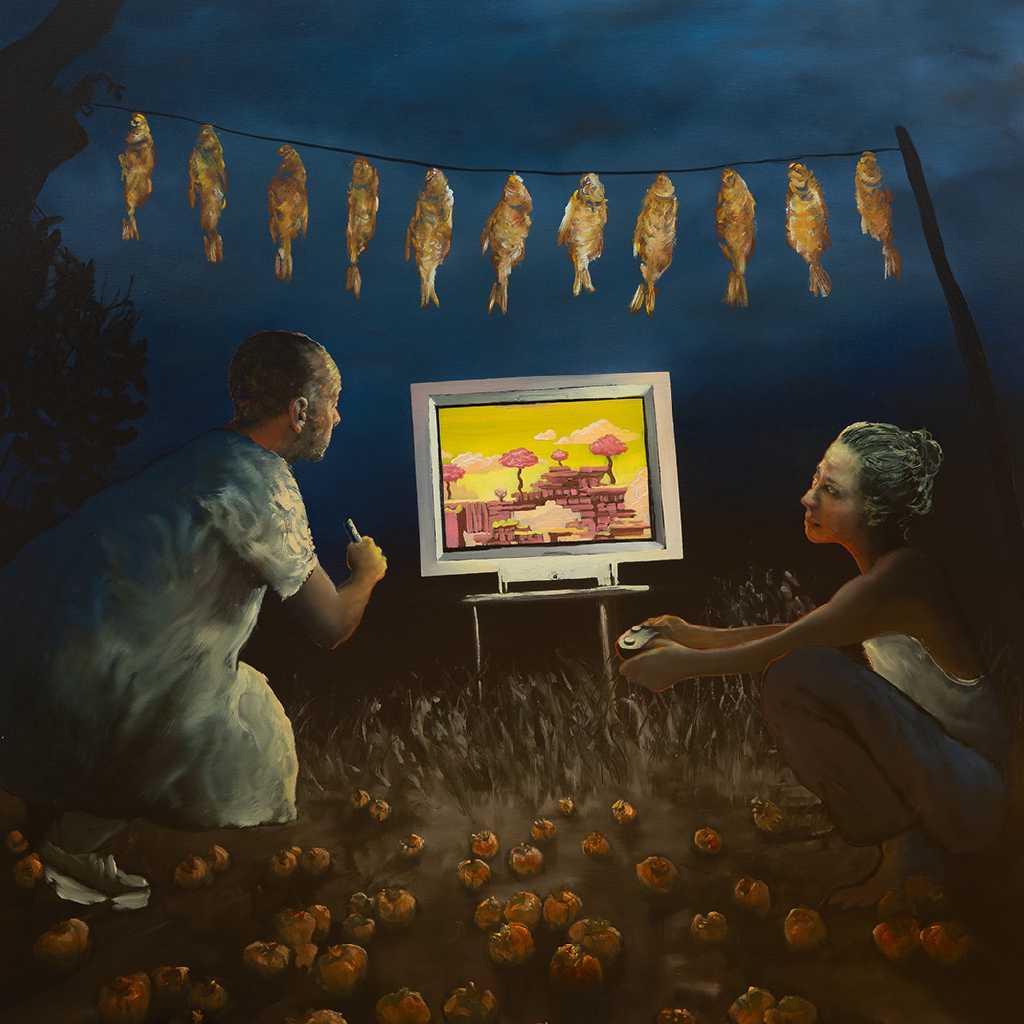
The Lotus Eaters,
oil on canvas,
100 x 100 cm
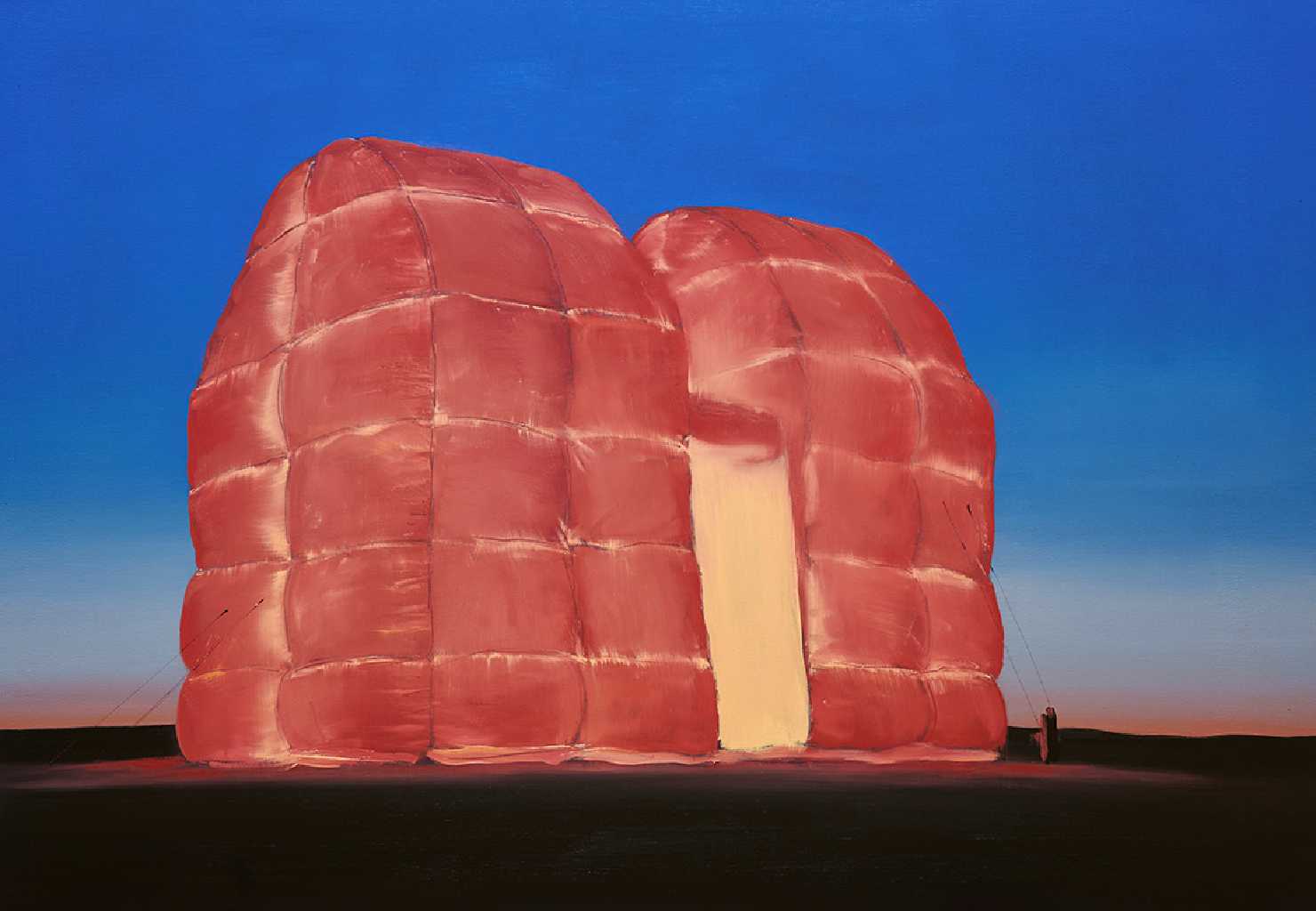
The World, That Understandable
and Lawful World, Was Slipping Away,
oil on canvas,
70 x 100 cm
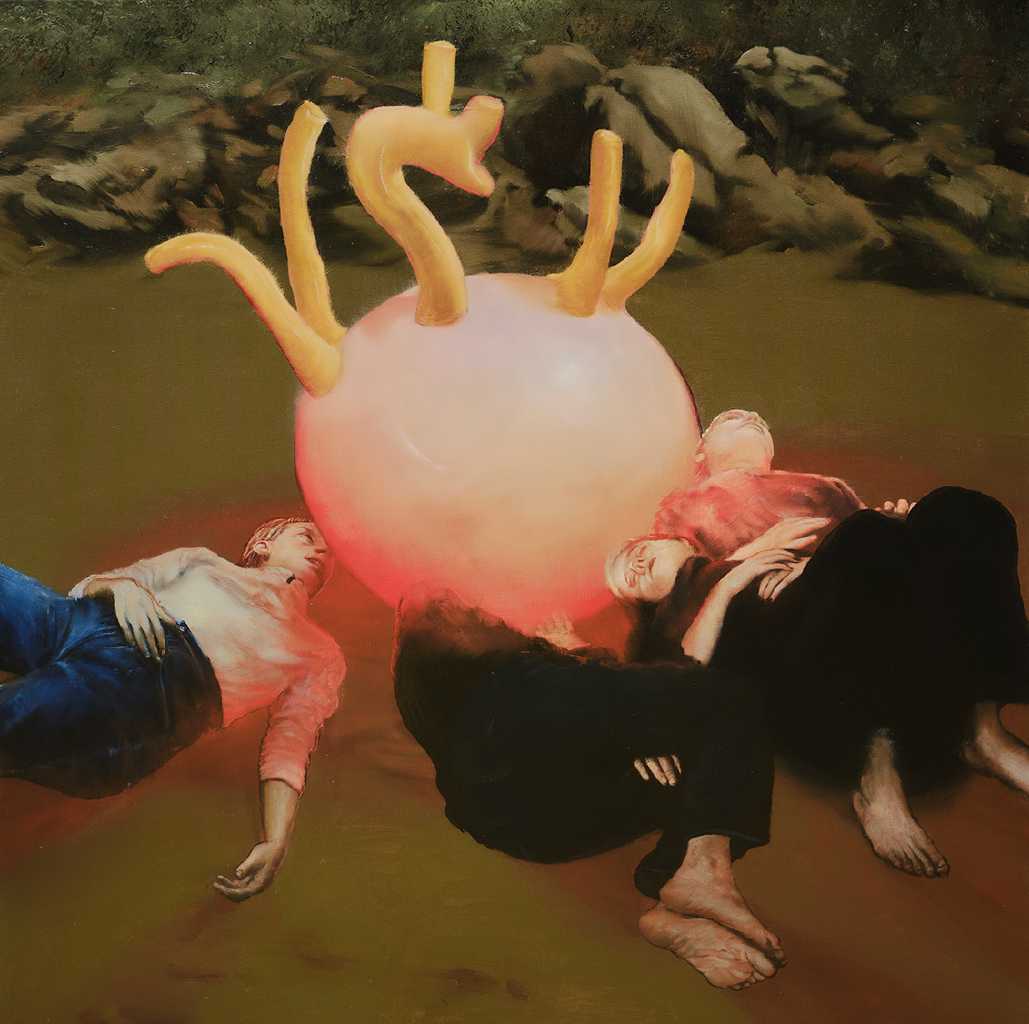
Theogony iii,
oil on canvas,
80 x 80 cm
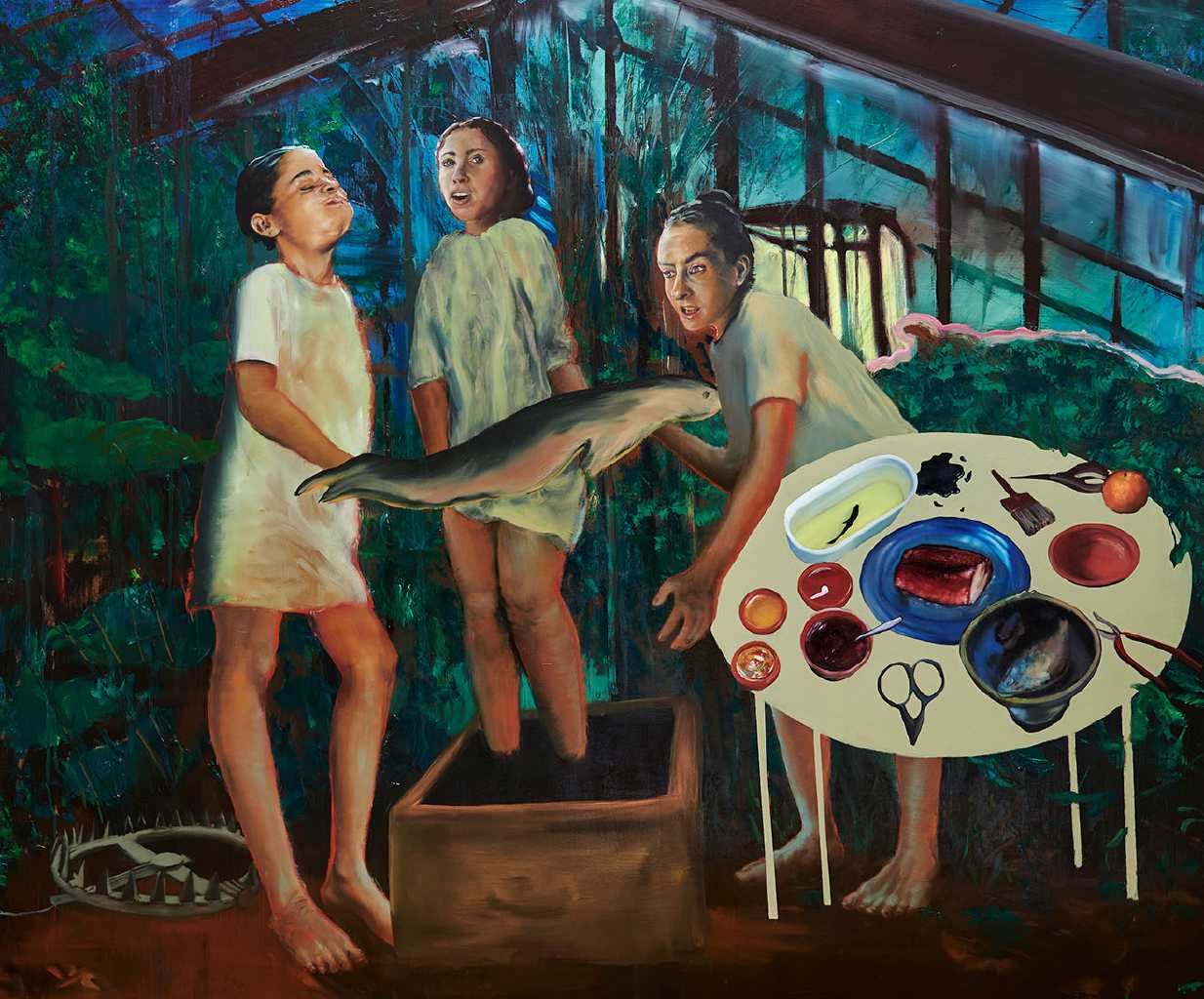
Theogony in the Greenhouse,
oil on canvas,
100 x 120 cm
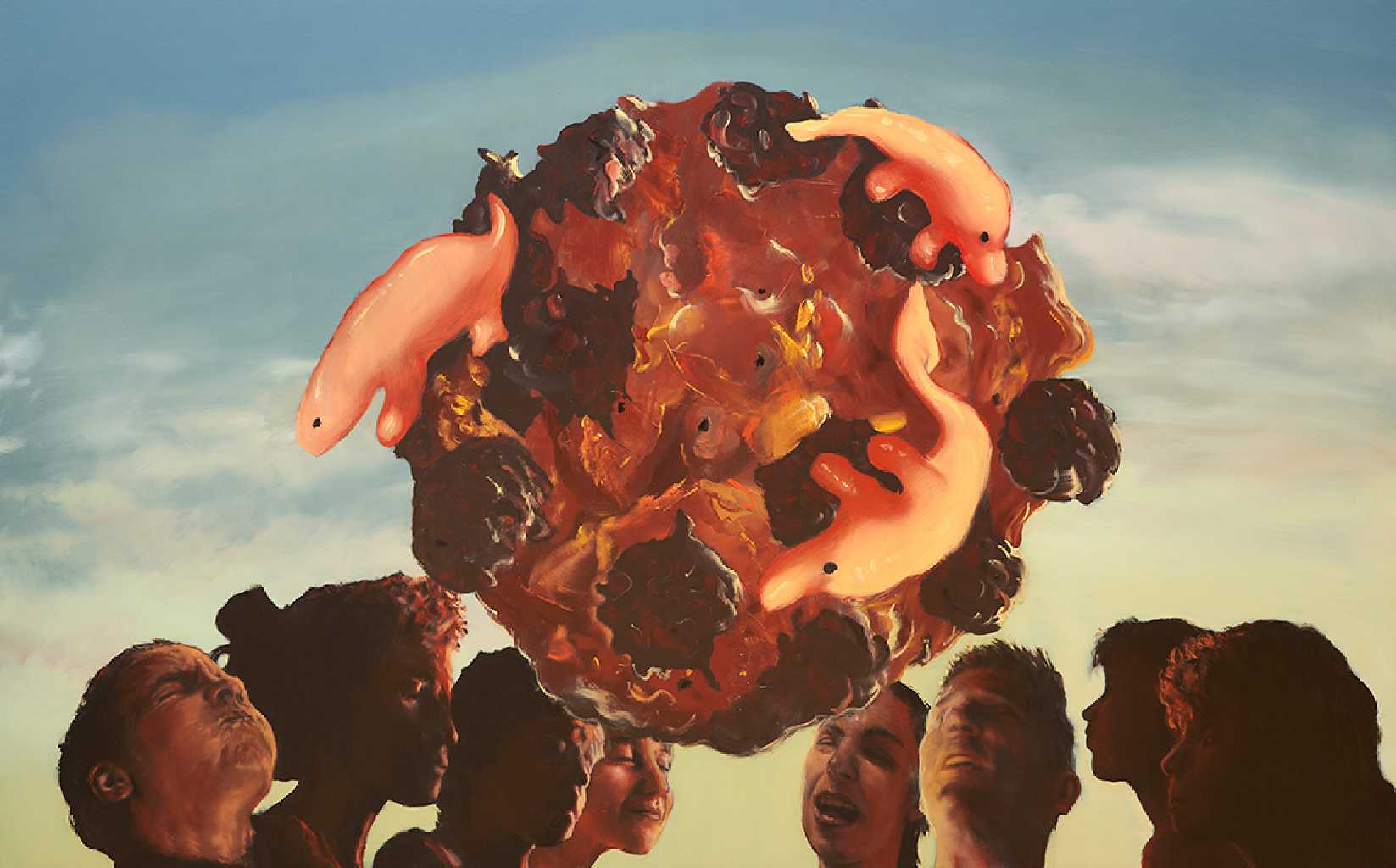
Theogony vii,
oil on canvas,
100 x 120 cm

Three's a Crowd,
charcoal on paper,
50 x 50 cm
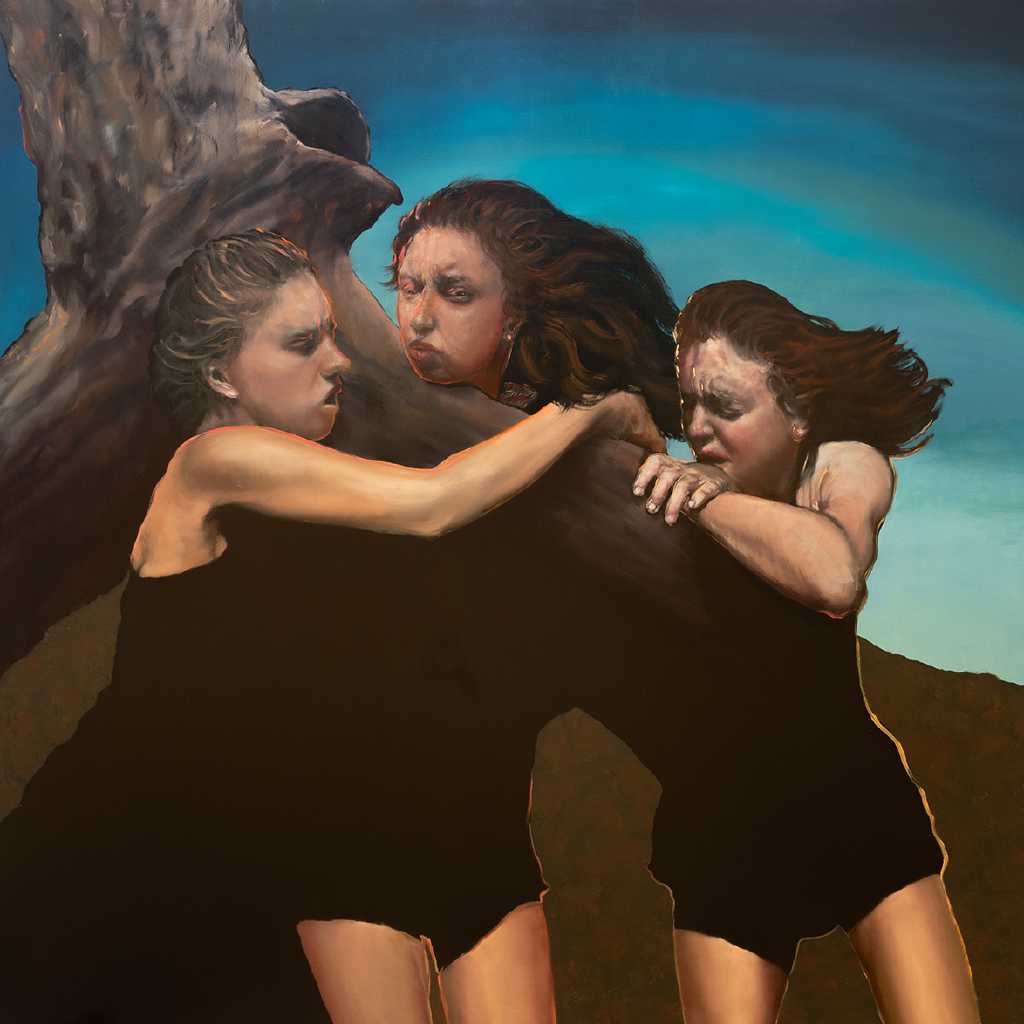
Three's a Crowd,
oil on canvas,
150 x 150 cm
